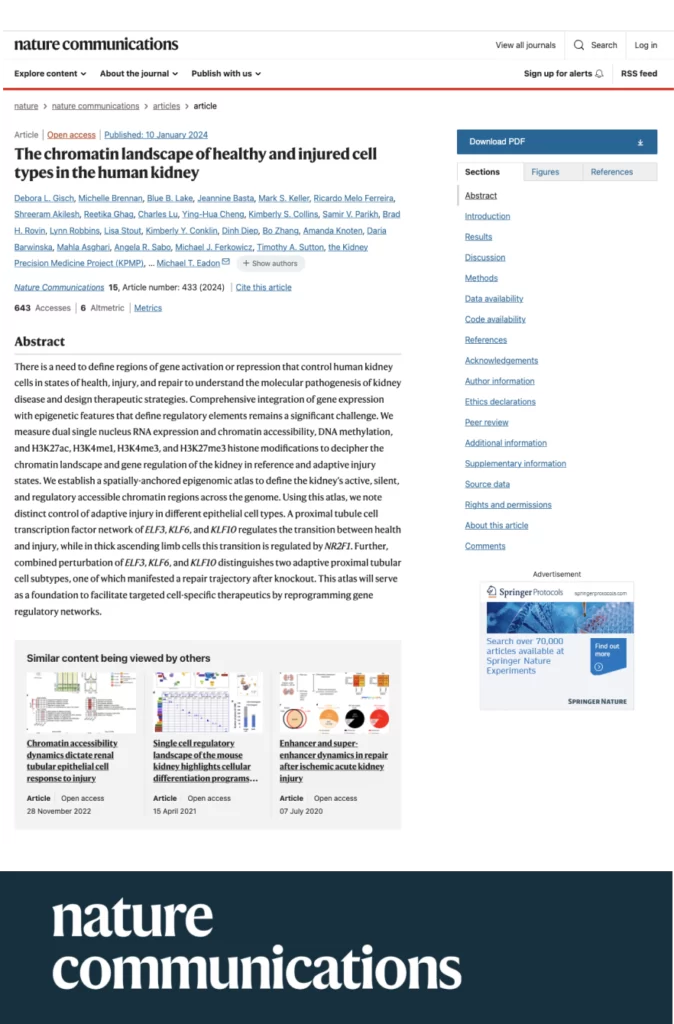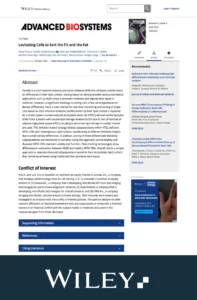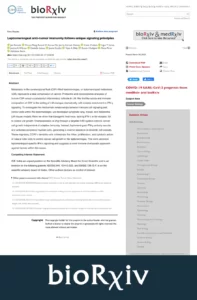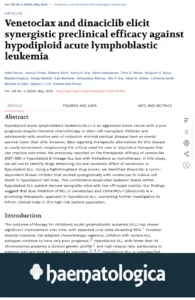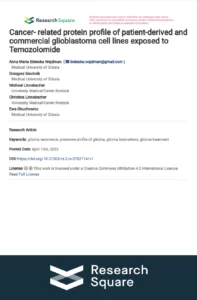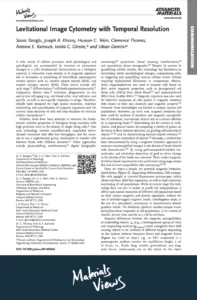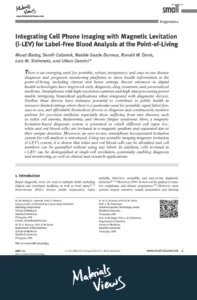Publication summary
The cellular response to kidney injury leads to either successful repair or progression to chronic kidney disease. To understand kidney disease mechanisms, gene activation or repression regions need to be identified in kidney cells during health, injury, and repair. While gene expression studies have shed light on kidney injury and repair, the epigenetic landscape is less well-defined. Debora Gisch, PhD, and colleagues integrated gene expression with epigenetic features to map the kidney’s regulatory elements. Dual single-nucleus RNA expression and chromatin accessibility, DNA methylation, and histone modifications were measured to understand the chromatin landscape in reference and adaptive injury states. The epigenomic atlas generated highlighted the kidney’s active, silent, and regulatory chromatin regions. Notably, different epithelial cell types exhibited unique regulatory mechanisms during adaptive injury. Further, two adaptive proximal tubular cell subtypes with varied repair paths post-knockout were identified. This atlas is a foundational reference, aiming to guide future research and cell-specific therapeutics by reprogramming gene regulatory networks. The methods were optimized for low cell inputs, making them suitable for kidney biopsy samples.
Levitation Technology isolates nuclei suspensions for multi-ome analyses
For the single-nucleus genomic assays, the team isolated nuclei from tissue cryosections through chemical and physical treatments. This approach with frozen samples is favored over whole-cell dissociation as it avoids RNA degradation and technical artifacts such as stress responses. The study utilized samples sourced from nephrectomy procedures and kidney biopsies. However, the isolation process can sometimes damage the nuclei, causing clumping and confounding downstream results. To ensure the integrity of the nuclei and to mitigate the risk of sample loss, the team evaluated Levitation Technology™ to purify nuclei from a selected number of samples in the study, effectively separating them from the debris produced during nuclei isolation. Incorporating the LeviCell® 1.0 system in this research underscores its importance in enhancing the quality of scarce biological samples toward generating high-quality, accurate outcomes.

